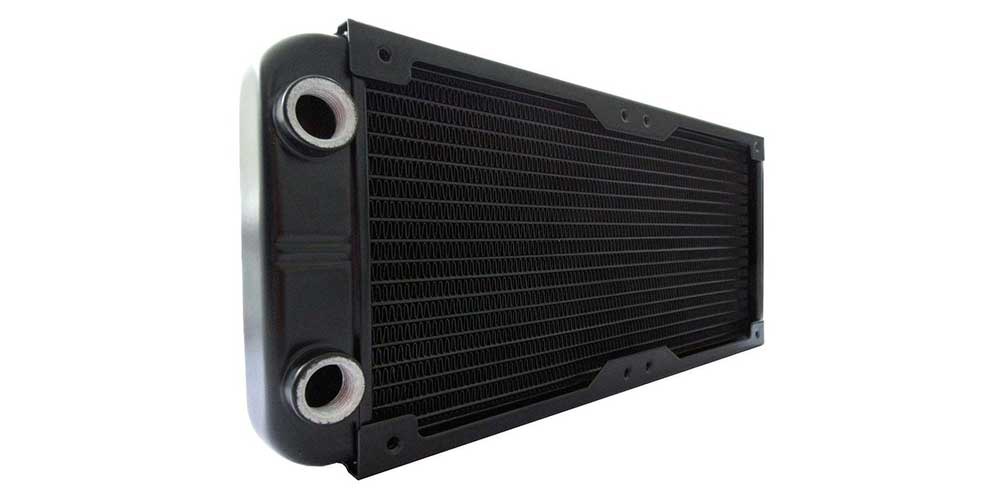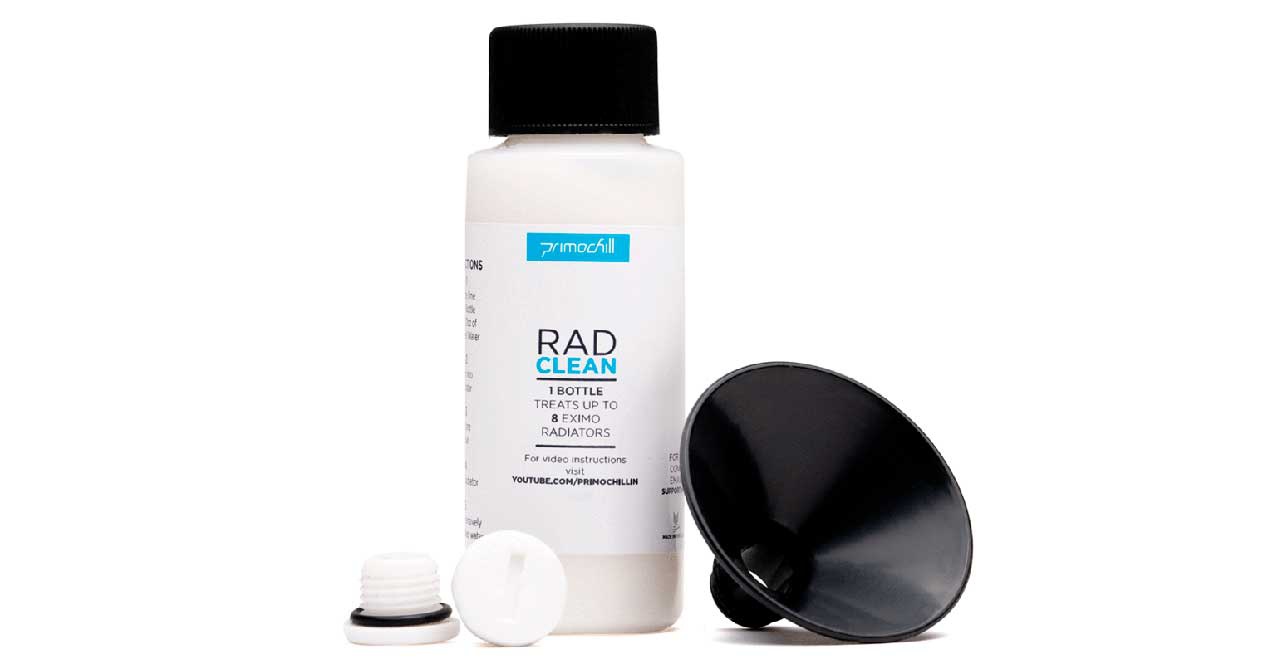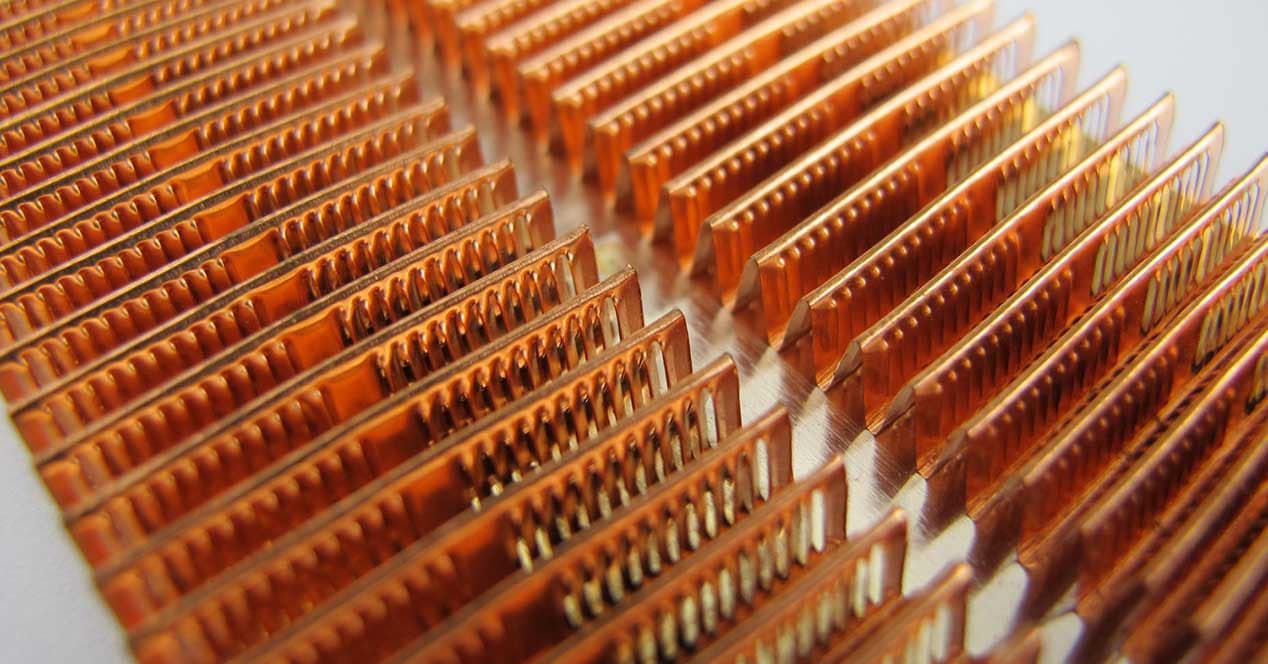Before getting involved, we have to keep in mind that each system is a world. Each user has used a series of components, tubes and especially liquids that differ when it comes to proper maintenance and cleaning of a radiator.
To understand this, we have to take into account what type of radiator or radiators we have in our loop, since the material from which they are manufactured It will influence when cleaning them.
Common radiator materials
We will not go too much into details here, but we must know that as a rule there are three materials used by the industry, which can be mixed in different parts of it: brass, copper and aluminum.
Each of them has its peculiarities, which are aggravated if the liquid we had in our loop was colored. This is important since, as we will see below, there are specific products for cleaning, but it is not compatible with all these materials.
Clean brass or brass / copper radiators using common products
The use of brass in radiators responds to a very simple cause: it is solid, easily moldable and, above all, cheap. Therefore it is used as a general rule in the so-called Brass tank of the radiators, where the flow for the pipes is maximized or the division of the radiator is produced based on these.
To clean the brass, wine vinegar is used in a common and cheap way, but he alone is not able to clean a radiator, since it has to be rubbed to start the rust and the remains of coolant. Therefore, you will need extra help.
The method to clean it implies a small outlay, since we will have to have a series of somewhat specific components. Ideally, have a small basin / bucket where we will fill it with distilled or double distilled water, after which we will insert in almost the same proportion the wine vinegar, thereby reducing it to a ratio of approximately 50/50.
We will need a submersible aquarium pump of a flow exceeding 500 liters per hour and at the entrance end we will have to place either a particle / sand filter (Eheim type) or a very fine woman's average (it almost does not harm the flow and retains even the finest particles).
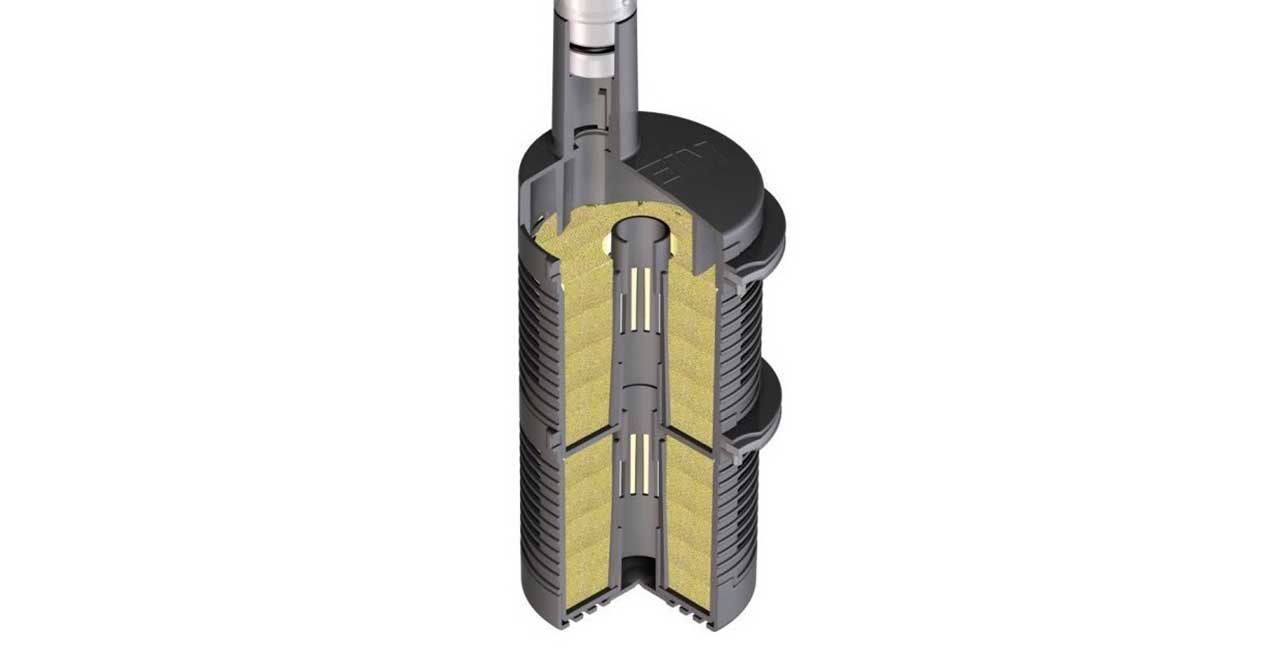
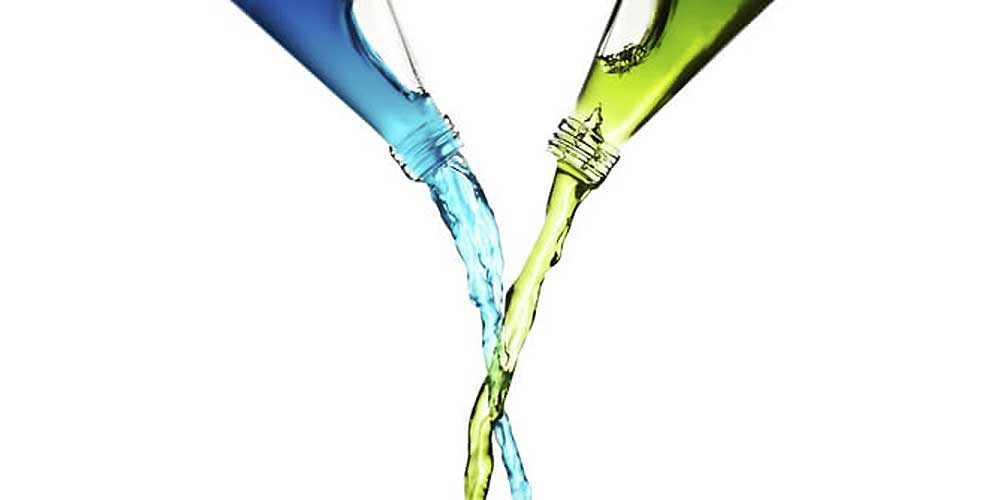
As a good industry, the one related to liquid cooling has its own cleaning products for radiators, but they are so strong that it is recommended to use the protections they usually include.
We speak for example of the cleaning kit Blitz from Mayhems or Primochill RadClean, where they already give us a warning about children and animals. These types of cleaning kits are usually offered with two different liquids, which are highly effective cleaning acids, usually based on vinegar / salt or lemon / salt concentrations and other stabilizing agents, in short, acetic acid and hypochlorous in different parts.
Being so strong and so effective, it is not recommended to leave too much time in the rad. The good thing about these systems is that, being so aggressive with copper and brass, they do not need a pump or flow, so we can fill the radiator, close it using its plugs and simply wait several hours.
It is worth mentioning that these products They are exclusive to radiators, and therefore should not be used in the rest of the circuit or different blocks, since the consequences can be catastrophic.
How to clean aluminum radiators with common materials
